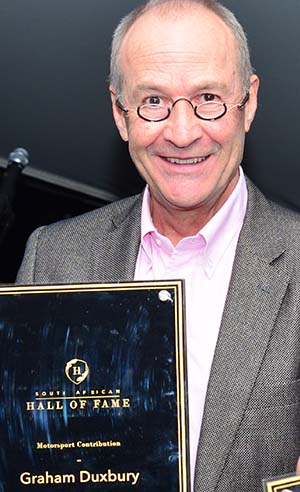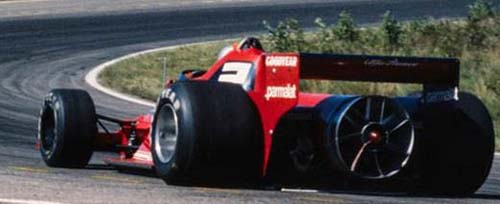According to Red Bull’s design genius, Adrian Newey, Formula One regulation changes for 2022 are the biggest in Grand Prix racing history since the flat-bottom rules introduced at the start of 1983 eliminated ground-effect cars.
 By Graham Duxbury
By Graham Duxbury
The concept of ground-effect aerodynamics was introduced to F1 by Colin Chapman’s Lotus team. Famously featured on the 1978 championship-winning Lotus 79, the idea originated as a way of making an entire car function as one giant wing to increase downforce.
Up until then, rudimentary downforce was achieved by conventional wings which sprouted from cars whose main design characteristic was streamlining to improve straight-line speed.
By contrast, the Lotus 79 featured cleverly-designed venturi tunnels under the car which allowed a low-pressure area to form, thus increasing downforce and grip through the corners. Mario Andretti, whose F1 championship win came in the Lotus 79, said the car felt “painted to the road”.
Lotus was rather fortunate in that its cars were powered by the Ford Cosworth V8 engine. The “vee” configuration made room for the venturi tunnels to effectively run alongside the engine and extend to the rear, maximising their efficiency.
Similar good fortune did not smile on the Brabham team. Contractually committed to run Alfa Romeo’s flat-12 engines, there was limited opportunity for South African designer Gordon Murray to build a useful ground-effect chassis.
Murray was nothing if not resourceful and remains famous for his out-of-the-box thinking. For example, he pioneered the idea of mid-race refuelling and tyre changes to allow lighter cars to run faster stints on softer, sticker rubber compounds. His ideas were soon adopted by the entire grid. And although refuelling is banned today, drivers still change tyres mid-race to gain strategic advantage.
But back to Murray’s Alfa Romeo conundrum. If there was no option to change the engine configuration, was there a way to overcome its limitations and create that all-important low-pressure area under the car?
His solution was as ingenious as it was simple. Murray stuck a large-diameter fan on the tail of the car to draw copious amounts of air from the engine bay, lowing the pressure around the rear axle, in this way boosting traction.
The car, formally designated the Brabham BT46B, was introduced to curious onlookers and opponents at the 1978 Swedish GP at Anderstorp, It soon became known as the Brabham Fan Car.
Murray faced one sizable challenge. His car appeared to contravene a rule banning movable aerodynamic devices. However, his inventive argument that the fan’s primary function was engine cooling – as it did draw air through a rear-mounted radiator – was accepted, despite vociferous objections by fellow competitors.
Allowed to race, two BT46Bs driven by John Watson and Niki Lauda qualified second and third on the grid behind Andretti’s Lotus. Years later Lauda claimed that their sub-par performance was deliberate so as not to expose the considerable advantage of Murray’s design. He revealed that the drivers qualified the cars on full tanks – at their heaviest – “doing our best to avoid pole [position]”.
Lauda went on to win the Swedish GP race by a large margin (over half a minute) despite “trying not to show how dominant the car really was”.
The BT46Bs were further investigated by stewards after the race and, perhaps surprisingly in the light of some of today’s decisions, were deemed completely legal. They met the letter of the law, if not its spirit.
 But the Brabham Fan Car never raced again. One victory from one race was Murray’s only reward. Rumours swirled around the reason for the car’s premature relegation to the history books. Some fans thought it was subsequently banned, following Andretti’s claim that it was “like a bloody great vacuum cleaner, throwing muck and rubbish at you at a hell of a rate”.
But the Brabham Fan Car never raced again. One victory from one race was Murray’s only reward. Rumours swirled around the reason for the car’s premature relegation to the history books. Some fans thought it was subsequently banned, following Andretti’s claim that it was “like a bloody great vacuum cleaner, throwing muck and rubbish at you at a hell of a rate”.
The fact is, Brabham team owner Bernie Ecclestone voluntarily withdrew the car from further competition. It became clear that the move was designed to avoid a conflict with the other privately-owned F1 teams, whose support Bernie desperately needed in his bid to wrest commercial control of F1 and its lucrative television contracts.
Bernie’s foresightfulness and his ability to see the “bigger picture” resulted in him eventually securing the position of chief executive of the Formula One Group, which he held from 1987 until 2017, amassing a fortune valued today at $3.5 billion (R52-billion) along the way.
